In the world of job hunting, your internship resume serves as a beacon, announcing your professional aspirations. While some may view it as just another work resume, its true…
continue reading30+ Sample Curriculum Vitaes
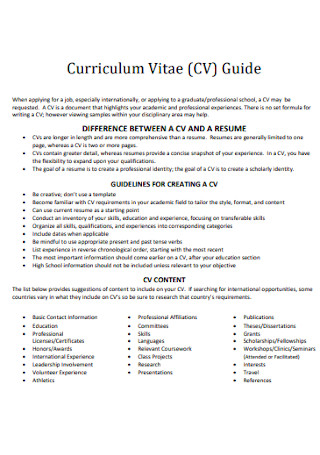
Professional Curriculum Vitae
download now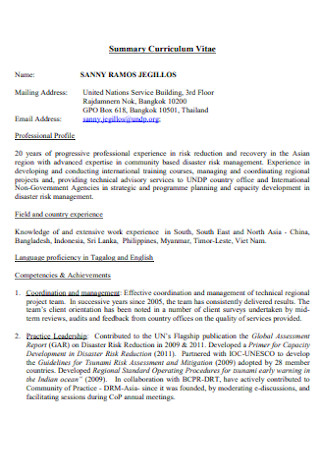
Summary Curriculum Vitae
download now
Sample Curriculum Vitae Example
download now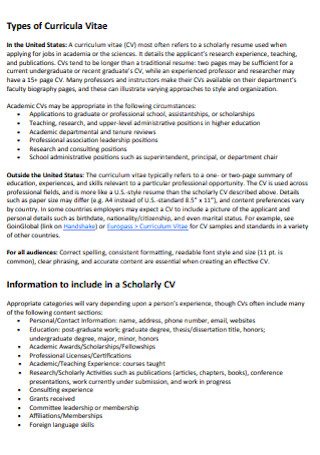
Curriculum Vitae for Academic
download now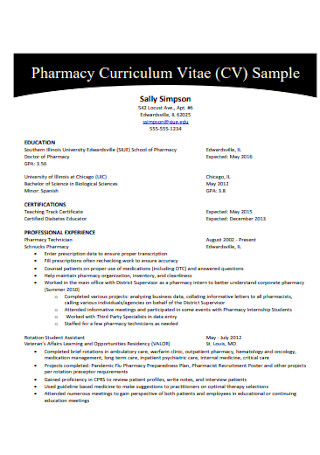
Pharmacy Curriculum Vitae
download now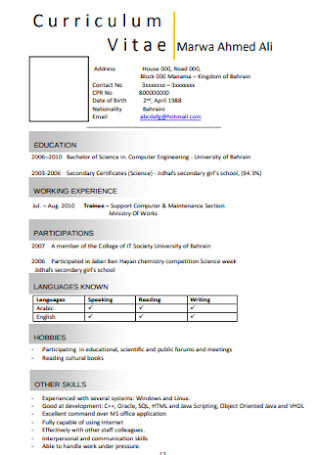
Curriculum Vitae Cover Letter
download now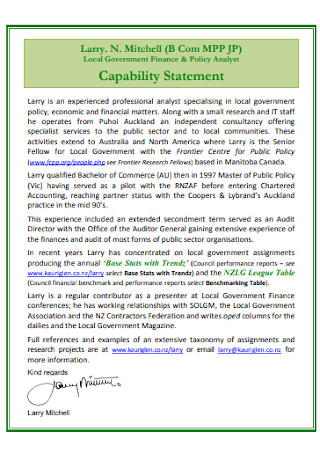
Curriculum Vitae and Capability Statement
download now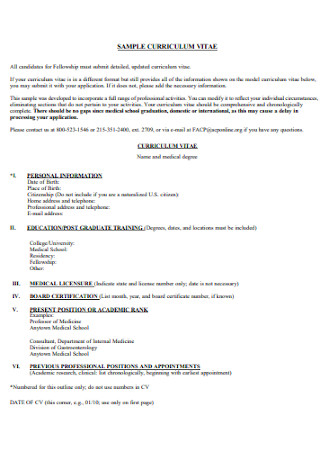
Sample Curriculum Vitae
download now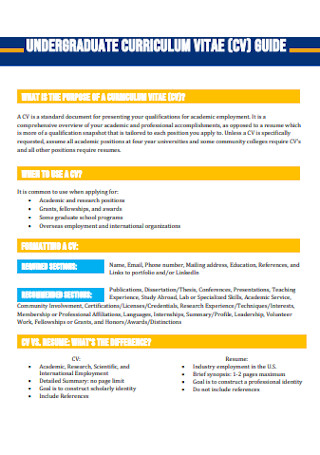
Undergraduate Curriculum Vitae
download now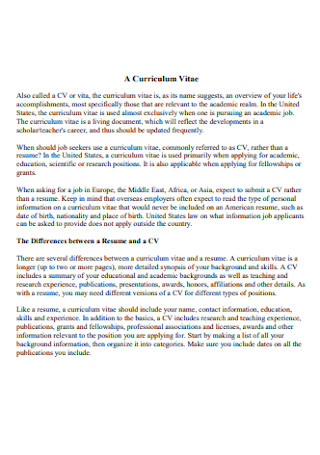
Curriculum Vitae and Resume
download now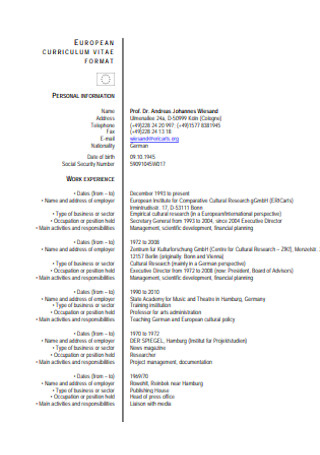
Curriculum Vitae Format
download now
Developing an Academic Curriculum Vitae
download now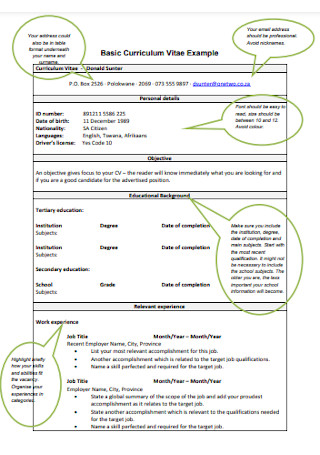
Basic Curriculum Vitae Example
download now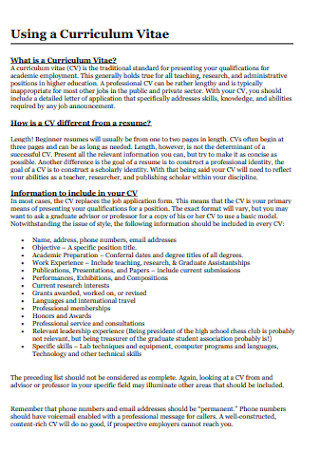
Office Curriculum Vitae
download now
Professional Staff Curriculum Vitae
download now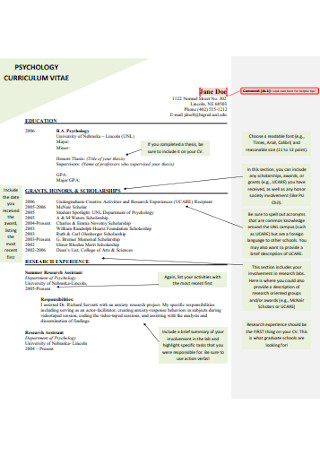
Psychology Curriculum Vitae
download now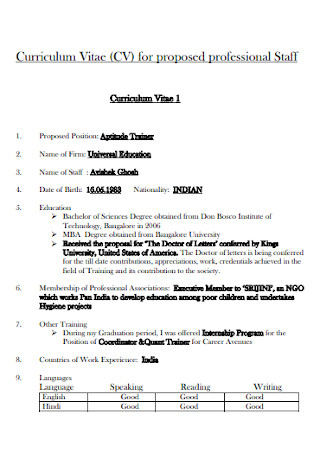
Staff Curriculum Vitae
download now
Brief Curriculum Vitae
download now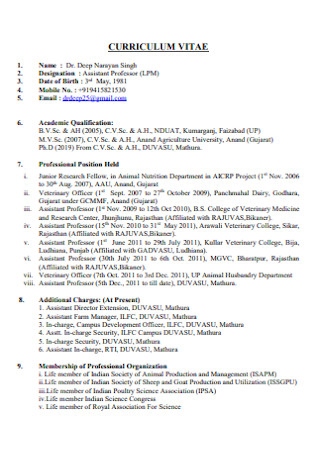
Simple Curriculum Vitae
download now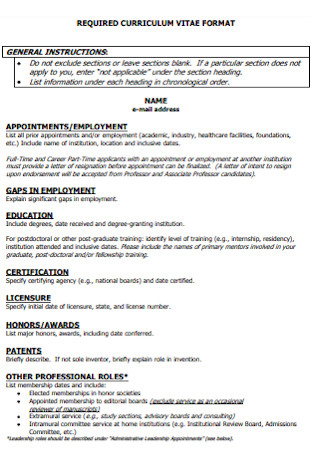
Reqired Curriculum Vitae Format
download now
Proforma Curriculum Vitae
download now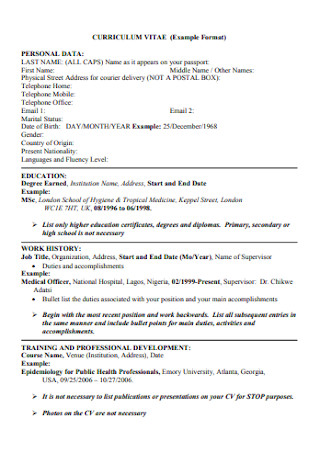
Curriculum Vitae Example
download now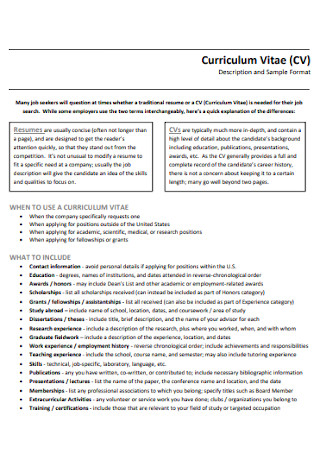
Career Curriculum Vitae
download now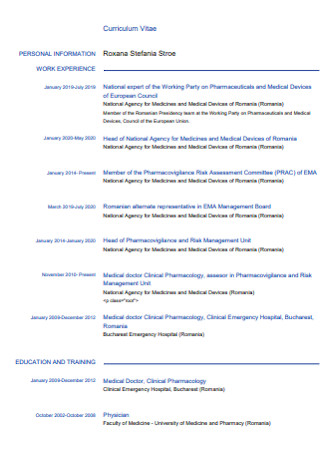
Agency Curriculum Vitae
download now
Curriculum Vitae Studio rum
download now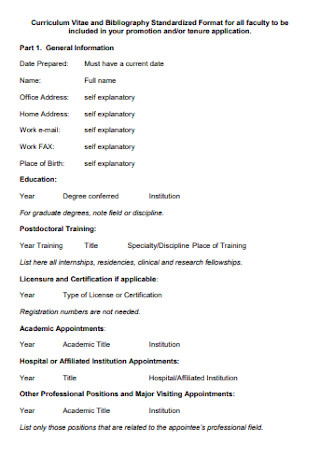
Curriculum Vitae and Bibliography
download now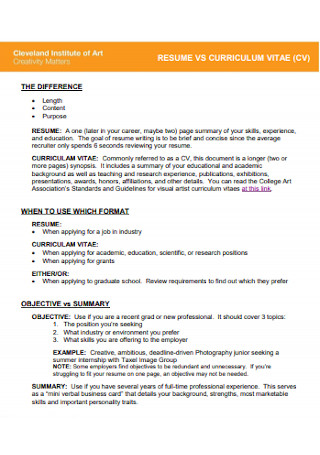
Resume and Curriculum Vitae
download now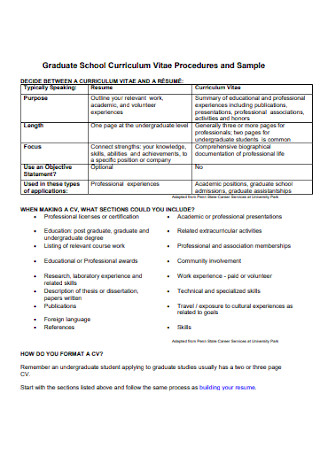
Graduate School Curriculum Vitae
download now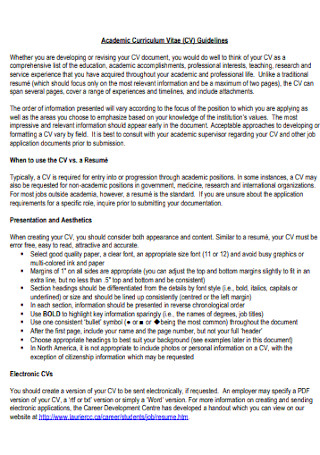
Academic Curriculum Vitae
download now
Employment License Curriculum Vitae
download now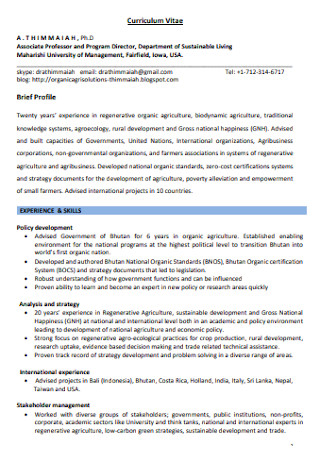
Associate Professor Curriculum Vitae
download now
What Is A Curriculum Vitae?
A Curriculum Vitae or CV is a rundown of a person’s qualifications and is typically divided into several sections. It lists one’s educational background and work experience. This helps employers gauge if you are suited for a particular job.
According to PR Newswire, a 2018 study by Ladders Inc. showed that the average time a recruiter spends reviewing an applicant’s CV or resume is 7.4 seconds.
Sections of a Curriculum Vitae
For many young adults, especially recent graduates, working on a CV would seem like a tiring and daunting task because of the effort it entails. Some are unsure of how to begin. There are several key areas that should be included for a CV to be able to meet minimum standards.
How To Make a Curriculum Vitae
A simple but effective Curriculum Vitae can be a powerful tool in your search for a fulfilling career. Let the editable templates above serve as your guide. Following these steps will help potential employers take notice of your CV:
Step 1: Cover the Basics
Make sure to provide complete details so prospective employers know how to reach you. The information you give should be clear and brief.
Step 2: Add a Description for Each Job
Oftentimes, we can’t expect everyone to understand the nature of a job merely from its title. Therefore, it is helpful to guide recruiters by briefly explaining the tasks you were given and the role you had. Enumerate these functions using clear and concise bullet points under each work experience.
Step 3: List Relevant Socio-civic Involvement
Apart from academic and professional credentials, listing civic participation or community engagement may help set your CV apart from the rest. Are you a member or do you hold a position in organizations like Rotary or Toastmasters Club? These can give recruiters the impression that you are well-rounded and service-oriented.
Step 4: Add a Picture
Include a picture on the first page of your CV. A professional-looking and standard size photo should work. Avoid placing cropped, blurry or casual-looking pictures of yourself.
FAQs
What is the difference between curriculum vitae and resume?
According to UC Davis, a Curriculum Vitae (meaning “course of life” in Latin) is more detailed and often longer compared to a resume. A CV is a comprehensive overview of one’s academic and professional experience, which typically includes academic accomplishments (e.g. publications, presentations). Whereas, a resume highlights more of the skills and is normally a condensed version of one’s credentials.
What is the importance of a CV?
Whether you’re pursuing career advancement or higher education, a compilation of your experience and credentials will not only give companies a glimpse of your work, but also help you track your own progress. Because your CV needs to be updated every now and then, it allows you to reflect on the past as well as future possibilities and goals.
What is a good CV format?
The format of a CV can be a determining factor in whether a recruiter will even glance at your credentials. If it appears messy or unorganized, it’s not appealing and you run the risk of having your qualifications looked over. Resumes and CVs may also differ in format but almost always contain the same relevant information. Information should be clear and concise. Text should be big enough to read, and complemented by the appropriate headings. Further, when sending out your CV to prospective employers, it’s best to send a PDF version if a hard copy is unavailable. Avoid MS Word versions when sending it through email.
For most companies, a CV is the first thing they ask from job seekers. If the company sees potential based on the credentials you listed, it is normally followed by an interview. A good CV is well organized, informative, and uncomplicated. It is best to stick to simple formats but you can also balance it out with a little creativity. Download any of the templates above and start writing that winning CV now!


